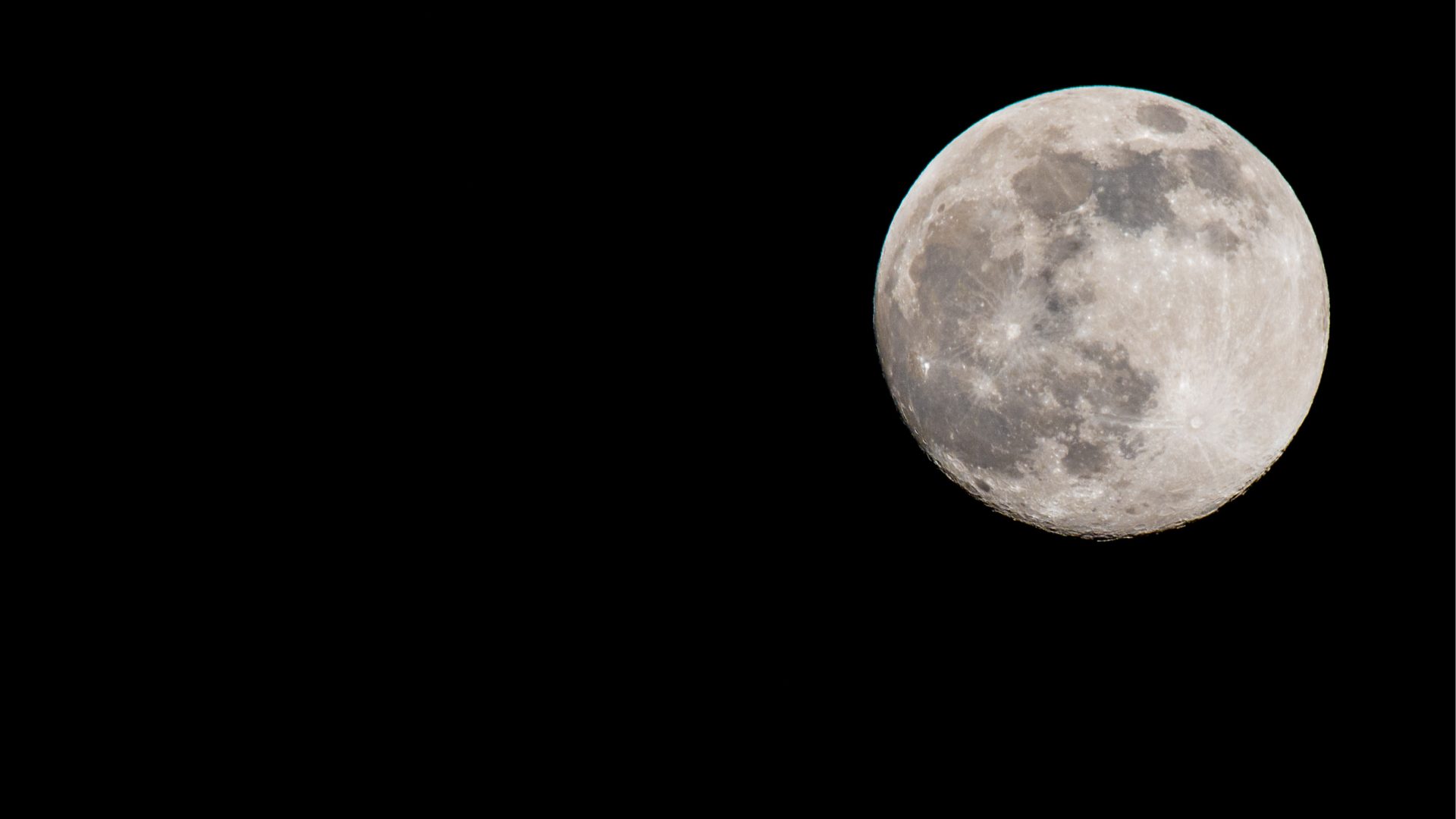Countdown to Chandrayaan-3: India’s Journey to the Moon
India is once again embarking on a remarkable space mission with the launch of Chandrayaan-3 today. This ambitious endeavor by the Indian Space Research Organisation (ISRO) aims to overcome the setbacks of the previous moon mission and successfully land on the lunar surface.
The launch, scheduled for 2.35 pm today from Sriharikota in Andhra Pradesh, carries the hopes of an entire nation. If successful, it will make India the fourth country to achieve the feat of landing on the moon.
One of the key improvements in Chandrayaan-3 compared to its predecessor is the reduction in the number of engines on the lander from five to four. ISRO has also updated the software, incorporating valuable lessons learned from the previous mission. These enhancements are crucial for ensuring a safe landing and increasing the chances of mission success.
The lunar lander, Vikram, will be carried by the Bahubali rocket, formally known as the GSLV Mark 3 heavy lift launch vehicle. Towering at a height of 43.5 meters, half as tall as Delhi’s iconic Qutb Minar, this powerful rocket will propel Chandrayaan-3 on its journey. The mission is estimated to take over 40 days, with the spacecraft expected to touch down on the moon’s surface on August 23.
ISRO is understandably cautious after the setbacks faced during the Chandrayaan-2 mission in July 2019. Reflecting on the previous mission, ISRO Chief S Somnath admitted that off-nominal conditions had disrupted the landing process, preventing a safe touchdown. However, valuable insights gained from this experience have been instrumental in the planning and design of Chandrayaan-3, focusing on addressing potential failures and contingencies.
A notable highlight of Chandrayaan-3 is its intended landing site, the South Pole of the moon. This region has gained significant attention due to the discovery of water molecules during India’s first moon mission, Chandrayaan-1, in 2008. The presence of water on the moon has captivated the world, and now India aims to explore further and study this fascinating phenomenon.
Vikram, the moon lander, aims to achieve a safe and soft landing on the lunar surface. Once successfully deployed, Vikram will release the rover Pragyan, traversing the moon’s surface for a lunar day, equivalent to 14 Earth days. Equipped with scientific instruments, Pragyan will conduct experiments, analyze lunar soil, and even monitor moon quakes.
ISRO’s meticulous approach to Chandrayaan-3 is evident in the extensive testing and preparations undertaken. Learning from the previous mission, ISRO reduced the number of engines on the lander and thoroughly updated the software. The new mission has been designed to accommodate potential failures in various elements, including sensors, engines, algorithms, and calculations. Measures have been developed to counteract these scenarios, increasing the mission’s chances of success.
Chandrayaan-1, India’s maiden mission to the moon, was launched in October 2008 and remained operational until August 2009. However, the Chandrayaan-2 mission faced challenges when the lander deviated from the planned trajectory and experienced a hard landing. Despite this setback, the orbiter from Chandrayaan-2 continues to orbit the moon, transmitting valuable data back to Earth.
As India gears up for the launch of Chandrayaan-3, the nation’s collective enthusiasm and support are palpable. The mission represents India’s unwavering determination to push the boundaries of space exploration and scientific discovery. If successful, Chandrayaan-3 will further cement India’s position as a prominent player in the global space arena, opening up new frontiers for research and inspiring future generations of scientists and engineers.
As the countdown to the launch begins, the eyes of the nation and the world turn towards the stars, awaiting the outcome of this momentous mission. Regardless of the outcome, the spirit of exploration and the quest for knowledge that Chandrayaan-3 embodies will continue to inspire and shape India’s journey into the cosmos.

